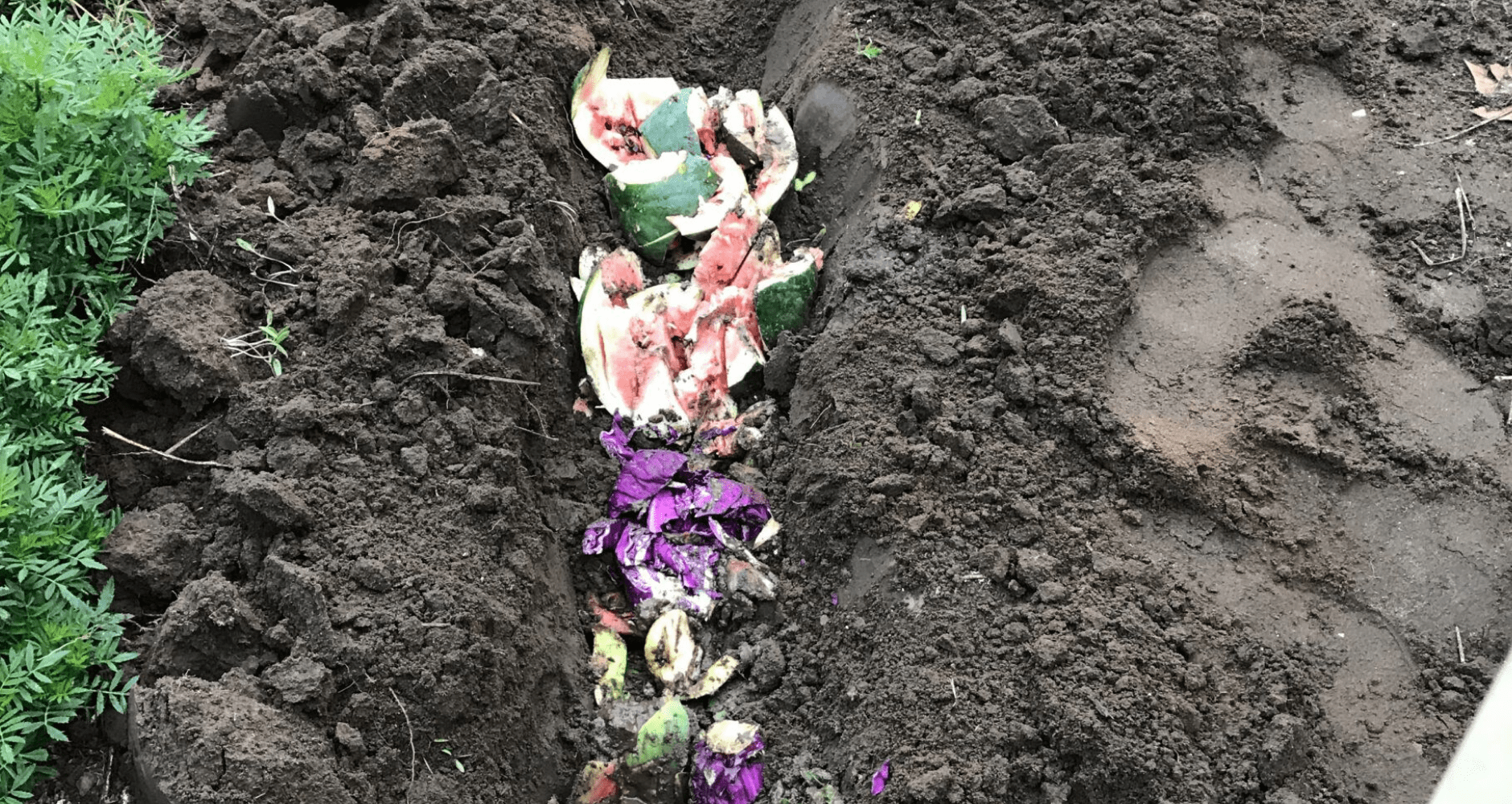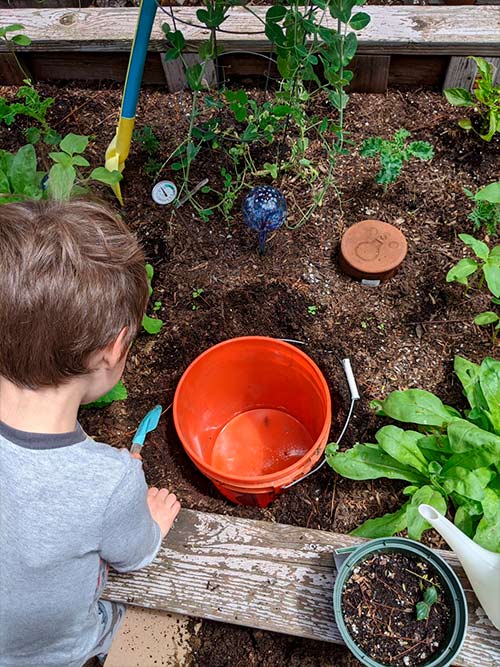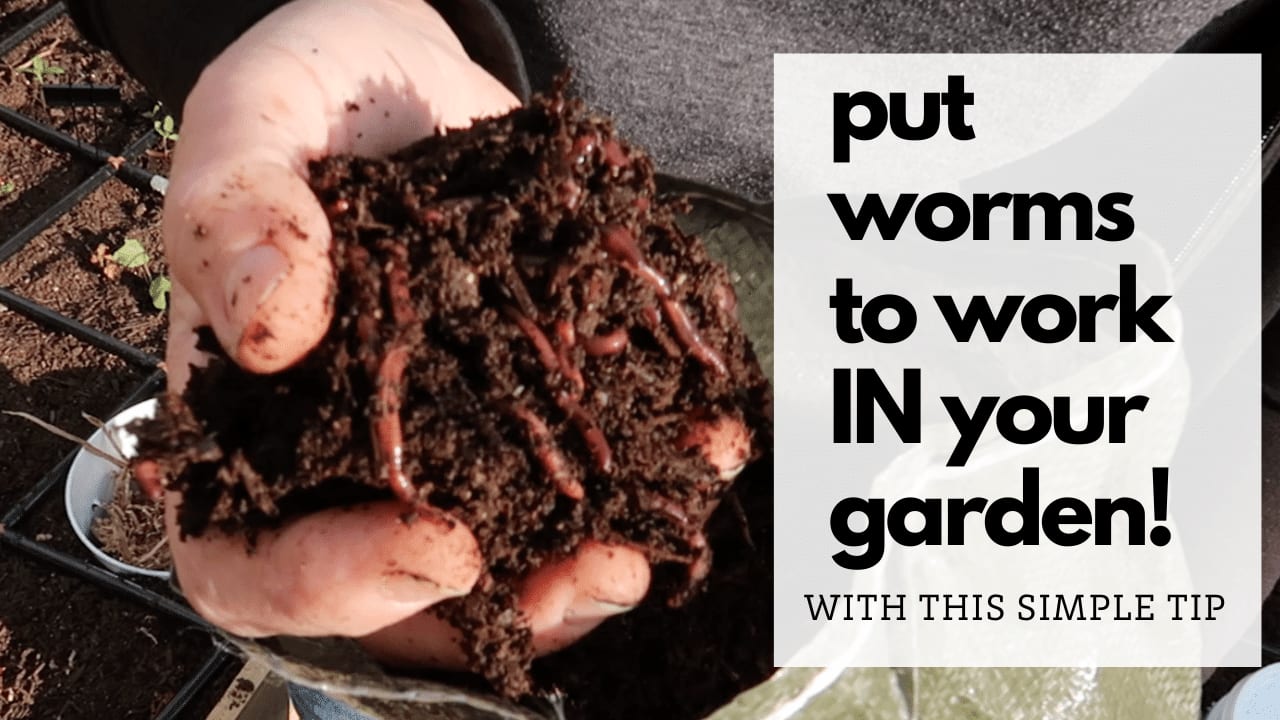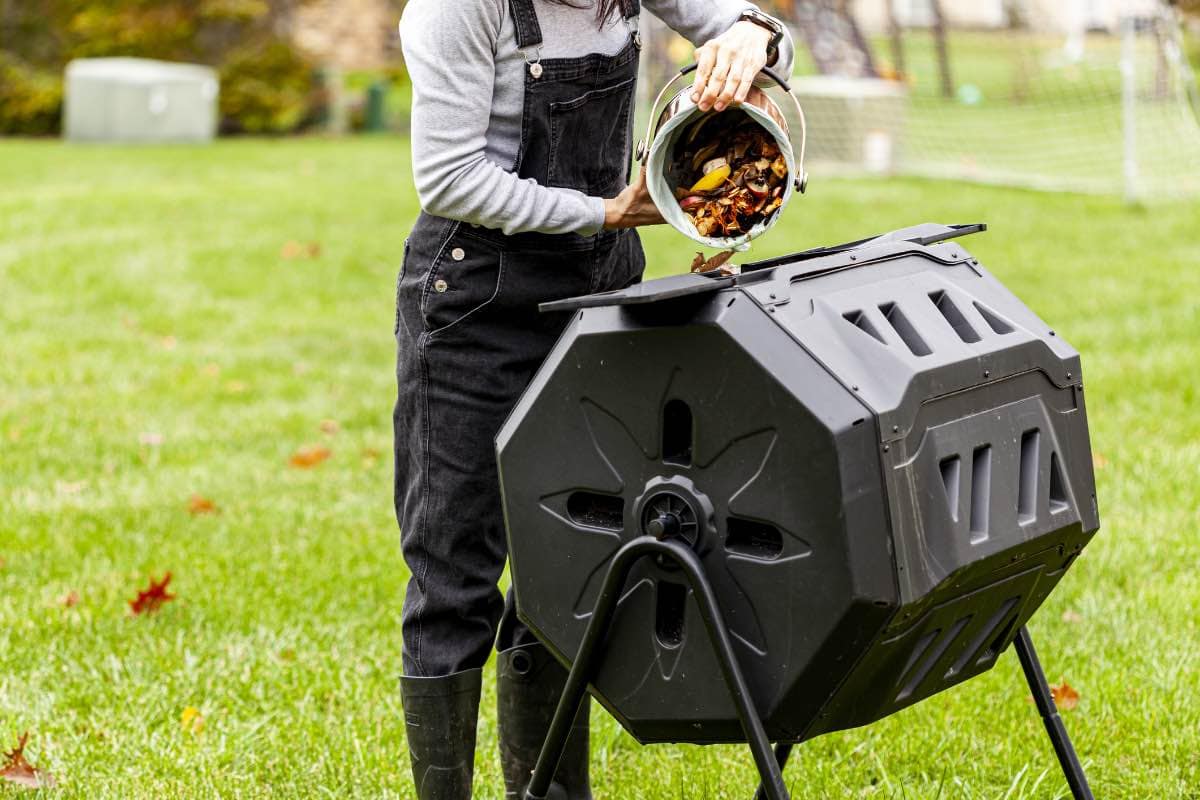How To Make Inground Compost In Days
Composting is a great way to reduce your waste, improve your soil quality, and save money on fertilizers. But traditional composting methods can take weeks or months to produce compost. If you're looking for a faster way to get compost, inground composting is a great option.
Inground composting is a simple process that involves burying organic materials in the ground. The materials decompose over time, and the resulting compost can be used to improve your soil quality.
To make inground compost in 30 days, you'll need to:
- Choose a location for your compost pile. The site should be in full sun and have good drainage.
- Dig a hole that is 3 feet deep and 3 feet wide.
- Add a layer of brown materials to the bottom of the hole. Brown materials are high in carbon, such as dead leaves, straw, and wood chips.
- Add a layer of green materials to the brown materials. Green materials are high in nitrogen, such as vegetable scraps, coffee grounds, and manure.
- Continue layering brown and green materials until the hole is full.
- Water the compost pile thoroughly.
- Cover the compost pile with a tarp or old blanket to help retain moisture and heat.
- Turn the compost pile every 7-10 days. This will help to aerate the compost and speed up the decomposition process.
In 30 days, your compost should be ready to use. You can use it to amend your garden soil, fertilize your plants, or make your own potting mix.
Here are some additional tips for inground composting:
- Use a variety of materials in your compost pile. This will help to create a balanced compost that is rich in nutrients.
- Keep your compost pile moist, but not wet. Too much water can drown the microorganisms that are responsible for decomposition.
- Turn your compost pile regularly. This will help to aerate the compost and speed up the decomposition process.
- Be patient! It takes time for compost to decompose. Don't expect to have finished compost in just a few weeks.
Inground composting is a simple and effective way to make compost in a short amount of time. With a little effort, you can have your own nutrient-rich compost in no time!
In-ground composting is a great way to recycle your food scraps and yard waste without having to build or maintain a compost bin. It's also a more natural way to compost, as the organic materials are simply buried in the soil and allowed to decompose at their own pace.
There are a few different ways to do in-ground composting. One popular method is to dig a trench in your garden and fill it with alternating layers of food scraps and soil. Another method is to bury your food scraps in a bucket or other container that has been partially buried in the ground.
No matter which method you choose, in-ground composting is a simple and effective way to create nutrient-rich compost for your garden. To learn more about in-ground composting, visit Home Gardening.
FAQ of in ground compost
- What is in-ground composting?
In-ground composting is a method of composting where organic materials are buried in the ground. This method is often used by gardeners who do not have a lot of space or who prefer a more natural approach to composting.
- What are the benefits of in-ground composting?
There are several benefits to in-ground composting, including:
* It is a relatively low-maintenance method of composting. Once you have established your in-ground compost pile, you will only need to add new materials and turn the pile occasionally.
* It is a natural way to compost. The organic materials in your in-ground compost pile will break down over time, releasing nutrients back into the soil.
* It can help to improve the drainage and aeration of your soil.
* It can help to suppress weeds and pests.
- How do I start an in-ground compost pile?
To start an in-ground compost pile, you will need to dig a hole in your garden. The size of the hole will depend on how much organic material you plan to compost. A good rule of thumb is to dig a hole that is at least 12 inches deep and 3 feet wide.
Once you have dug the hole, you will need to add a layer of organic material to the bottom. This layer can be made up of any type of organic material, such as leaves, grass clippings, or vegetable scraps.
Next, you will need to add a layer of soil on top of the organic material. This will help to aerate the compost pile and prevent it from becoming too wet.
Continue adding layers of organic material and soil until the hole is full. Once the hole is full, you can cover it with a layer of soil.
Your in-ground compost pile will need to be turned occasionally to help the organic materials break down. You can turn the pile with a shovel or a pitchfork.
- How long does it take for in-ground compost to decompose?
The time it takes for in-ground compost to decompose will vary depending on the type of organic material you are composting, the size of your compost pile, and the climate you live in. In general, it can take anywhere from a few months to a year for in-ground compost to decompose completely.
- What are some common problems with in-ground composting?
Some common problems with in-ground composting include:
* The compost pile may become too wet or too dry.
* The compost pile may attract pests or rodents.
* The compost pile may not decompose properly.
If you are experiencing any of these problems, you may need to adjust the amount of organic material you are adding to the compost pile, the frequency with which you are turning the pile, or the location of the compost pile.
- What are some tips for in-ground composting?
Here are some tips for in-ground composting:
* Choose a location for your compost pile that receives full sun or partial shade.
* Add a variety of organic materials to your compost pile.
* Turn your compost pile every few weeks to help the organic materials break down.
* Cover your compost pile with a layer of soil to help keep it moist and to prevent pests from getting in.
* Be patient! It can take several months or even a year for in-ground compost to decompose completely.
Image of in ground compost
10 different images of in ground compost that are free to use:
- A pile of in ground compost in a backyard. The compost is made up of a variety of materials, including leaves, grass clippings, and vegetable scraps.

- A trench of in ground compost in a garden. The trench is filled with layers of organic materials, which are being decomposed by microorganisms.

- A raised bed filled with in ground compost. The raised bed is surrounded by a wooden frame and filled with compost that is ready to be used for planting.
- A worm bin filled with in ground compost. The worm bin is made from a plastic container and filled with bedding material, such as shredded newspaper, and food scraps.

- A vermicompost pile made from in ground compost. The vermicompost pile is made from a mixture of organic materials, such as food scraps and manure, and is inhabited by worms that help to decompose the materials.

- A tumbler filled with in ground compost. The tumbler is a rotating container that helps to speed up the composting process.

- A hot compost pile made from in ground compost. The hot compost pile is made from a mixture of organic materials that are heated up by microorganisms, which speeds up the composting process.
- A cold compost pile made from in ground compost. The cold compost pile is made from a mixture of organic materials that decomposes at a slower rate than a hot compost pile.
- A bokashi bucket filled with in ground compost. The bokashi bucket is a fermentation method of composting that uses anaerobic bacteria to break down organic materials.

- A mushroom bed filled with in ground compost. The mushroom bed is made from a mixture of in ground compost and wood chips, which provides a substrate for mushrooms to grow.

Post a Comment for "How To Make Inground Compost In Days"